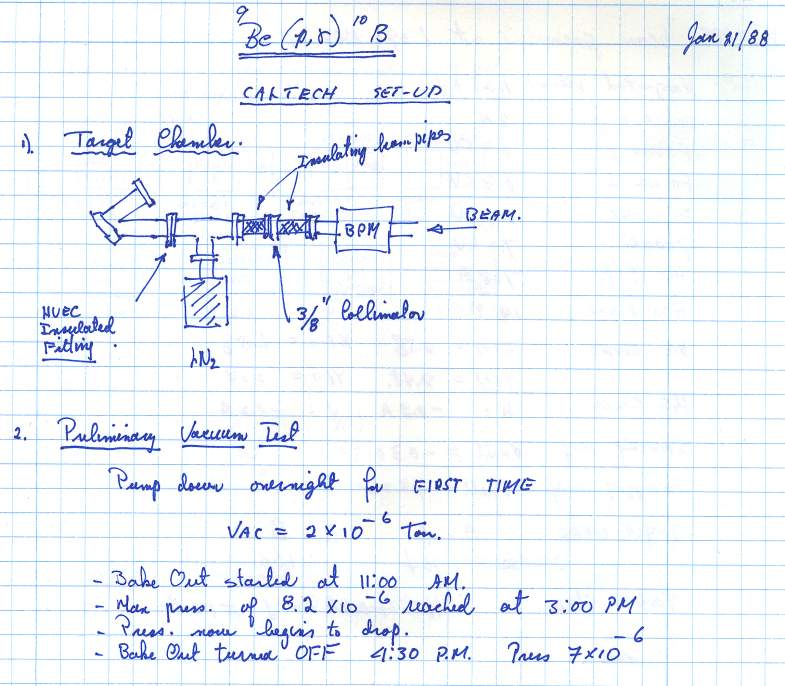

Offers fresh inquiry into quantum measurement theory, and other similarly fundamental areas.Maps the direction of future research by presenting original work in traditional physics.Presents original research and reviews in theoretical physics and neighboring fields.Dedicated to the unification of the latest physics research, this journal seeks to map the direction of future research by presenting original work in traditional physics like general relativity, quantum theory with relativistic quantum field theory, as used in particle physics and by fresh inquiry into quantum measurement theory, and other similarly fundamental areas, among them quantum geometry and quantum logic, and others. In addition, 2022 will mark the centenary of two important international scientific unions, IUPAP (Physics) and the International Mathematical Union (IMU).įollow on Twitter: a very successful ICASS conference in Palma de Mallorca, we are very happy to announce the Poster Winners: Poster session 1 (Tuesday 26 th of April 2022):ġst place - Katarzyna Płacheta, Akademia Górniczo-Hutnicza im.Ihe International Journal of Theoretical Physics publishes original research and reviews in theoretical physics and neighboring fields. This is a unique opportunity to convince all stakeholders that through a basic understanding of nature, actions taken will be more effective, for the common good. The International Year of Basic Sciences for Sustainable Development, that we organize in 2022, focuses on these links between basic sciences and the Sustainable Development Goals. UNESCO is well aware of this: its Recommendation on Science and Scientific Researchers, revised in 2017, recalls the importance of bringing together politicians, scientists, diplomats, international organizations, entrepreneurs and every goodwill person. They are nonetheless at the basis of major technological advances that stimulate innovation, as well as essential for training future professionals and for developing capacity of populations who can take part in decisions that affect their future. On the other hand, contributions of basic, curiosity-based, sciences are not well appreciated. They enable us to understand the impact of the currently nearly 8 billion people on the planet and to act to limit, and sometimes even to reduce it: depletion of the ozone layer, climate change, depletion of natural resources, extinction of living species.Īpplications of technology are easy to recognize. They provide the essential means to meet crucial challenges such as universal access to food, energy, health coverage and communication technologies.


#Good physics science journals free#
During the almost six years of SCOAP3 operation, 20,000 scientists from 120 countries have benefited from the opportunity to publish more than 30,000 Open Access articles free of charge.īasic sciences have an important contribution to make to the implementation of this program.

In cooperation with leading scientific publishers and learned societies, SCOAP3 has supported the transition to Open Access of key journals in the field of High-Energy Physics as of 2014 and has served as inspiration for several other Open Access initiatives around the world. SCOAP3 is a partnership of 3,000 libraries, funding agencies and research organizations from 43 countries and 3 intergovernmental organizations. In addition to availability on the publishers’ platforms, articles will be also available on the SCOAP3 Repository, enabling partners to build value-added services. All articles will be published Open Access in perpetuity, under Creative Commons CC-BY licenses at no direct cost to any authors. The same eleven journals will participate in this three-year extension of the initiative, of which eight are published by learned societies.


 0 kommentar(er)
0 kommentar(er)
